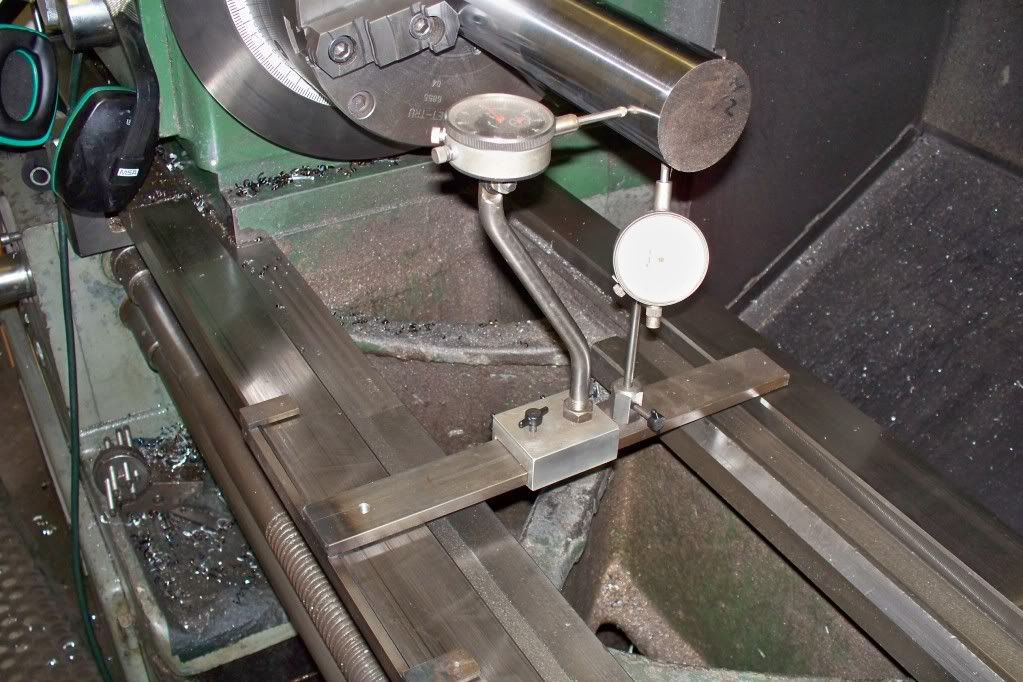winger
Stainless
- Joined
- Dec 28, 2005
- Location
- portage county, wisconsin
A few weeks ago we had to fix a hollow roller that had the shaft bores worn out. We welded up the id and had to rebore both ends. The shaft mount is welded in about 1 1/2 from the edge and only about 1/4 tube thickness. 6 foot long and O.D. is worn a little. The chuck jaws wouldn't reach the solid part and with the steady rest it kept walking out.
I remembered some work holding tips from Forest (pretty sure). One of them was using wire in the chuck jaw grooves to increase the grip. Worked slick. Thanks Forest!
I have trouble with names but something like this I retain.
Dave
I remembered some work holding tips from Forest (pretty sure). One of them was using wire in the chuck jaw grooves to increase the grip. Worked slick. Thanks Forest!
I have trouble with names but something like this I retain.
Dave



